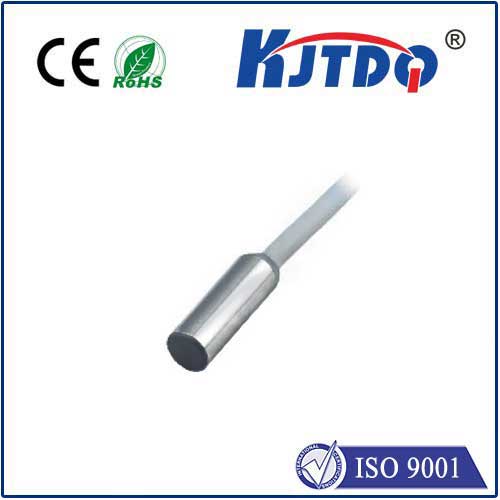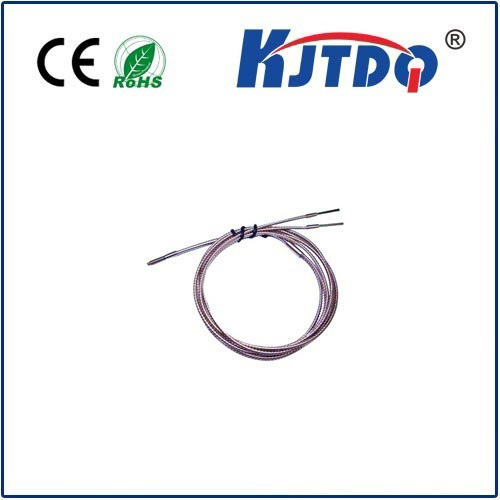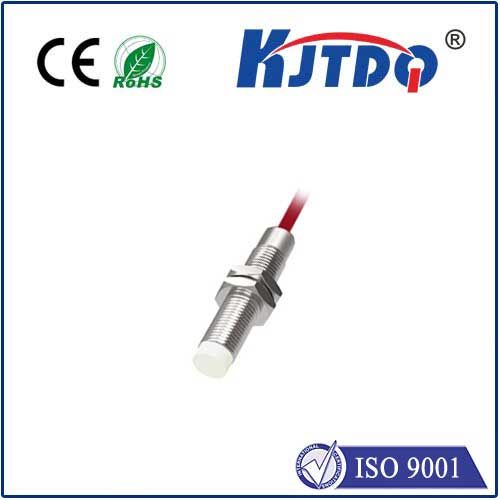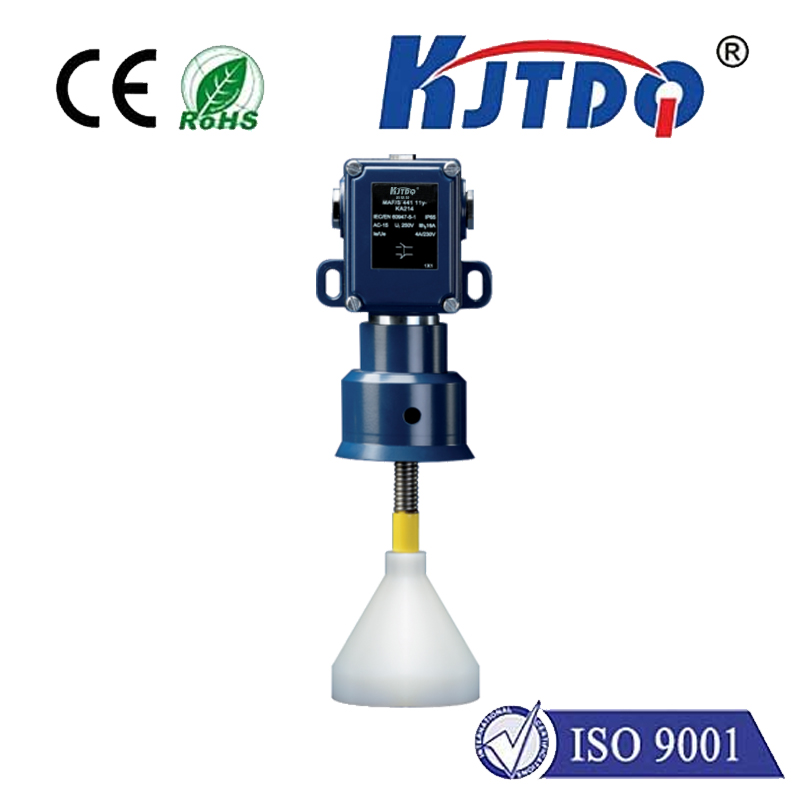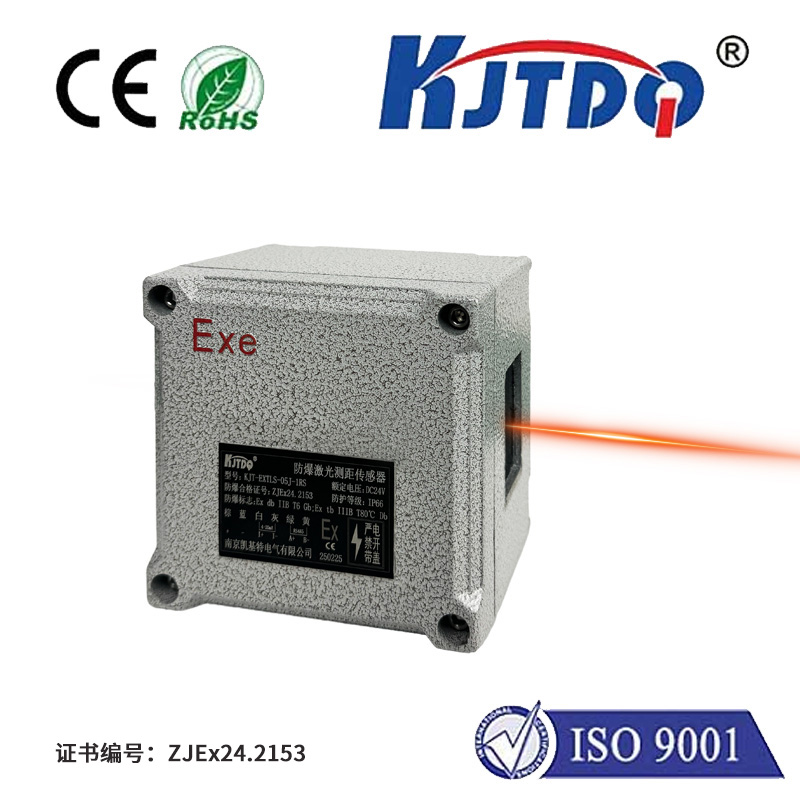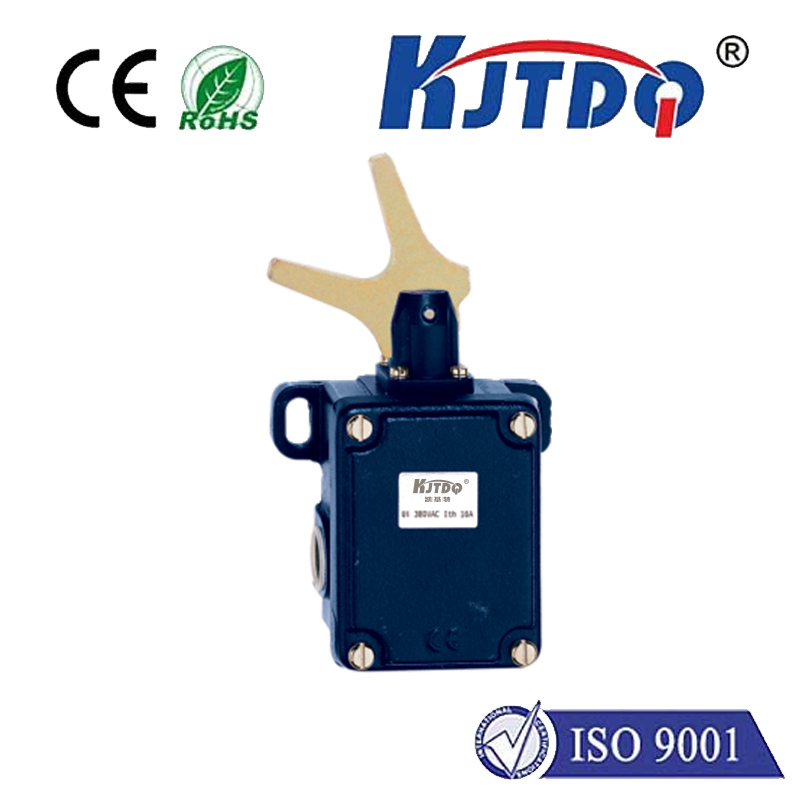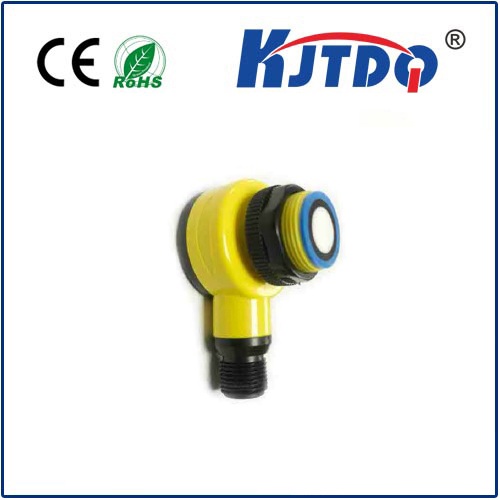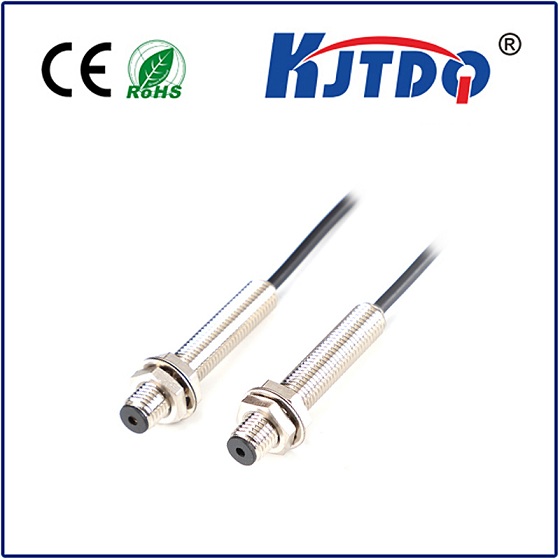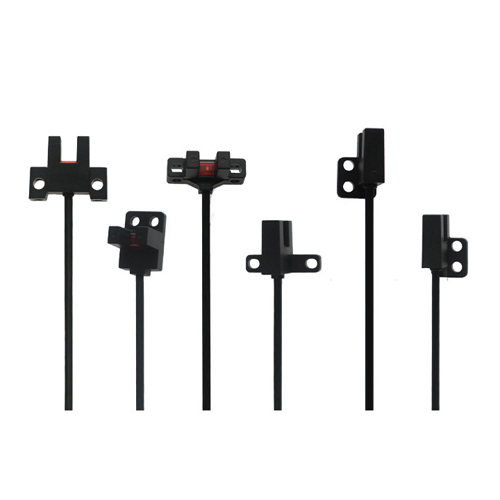ir sensor working range
- time:2025-08-15 04:51:16
- Click:0
Mastering the Reach: A Deep Dive into IR Sensor Working Range
That moment of minor frustration: you click your garage door opener, but nothing happens. You inch the car forward, click again, and finally, the mechanism springs to life. Often, this simple act hinges on the invisible dance of infrared (IR) light and the precise working range of an IR sensor. Understanding this critical parameter – the maximum reliable distance between the sensor and its target – is fundamental for selecting and deploying IR technology effectively across countless applications, from consumer gadgets to industrial automation and security systems.
What Exactly is “Working Range”?
Simply put, the working range defines the operational distance zone for an IR sensor. It’s the span between the minimum detectable distance (often close to the sensor) and the maximum distance at which the sensor can reliably detect the presence, proximity, or absence of an object (or specific IR signal) under defined conditions. This range isn’t a single fixed number but a specification heavily influenced by several interacting factors. Knowing these factors is key to unlocking optimal sensor performance.

The Core Factors Dictating IR Sensor Reach
- The Emitter-Reliability Factor:
- Power Output: The infrared emitter (usually an IR LED) is the starting point. Higher-powered LEDs generate stronger infrared beams, capable of traveling further before dissipating to undetectable levels. Think of it like a flashlight; a brighter bulb illuminates objects at greater distances.
- Wavelength Selection: IR emitters operate at specific wavelengths (typically 850nm, 880nm, or 940nm). Different wavelengths interact differently with materials and ambient light. While 850nm is often the brightest to the human eye (appearing faintly red) and offers potentially longer range in optimal conditions, 940nm is virtually invisible and less susceptible to interference from common ambient light sources, making it a popular choice for discreet operation where maximum absolute range might be slightly sacrificed for robustness. The choice directly impacts achievable range and noise immunity.
- The Receiver-Sensitivity Factor:
- Intrinsic Sensitivity: The IR detector (like a photodiode or phototransistor) must be capable of detecting the faint returning signal. Higher-sensitivity detectors can pick up weaker reflections or direct beams, extending the effective range. This is especially critical in passive IR (PIR) motion sensors detecting body heat or reflective sensors relying on bounced IR light.
- Signal-to-Noise Ratio (SNR): This is paramount. A detector might be sensitive, but if it’s also highly sensitive to ambient infrared noise (like sunlight, incandescent bulbs, heaters), the genuine signal gets drowned out. Superior detectors and well-designed circuits focus on maximizing the ratio of desired signal strength to background noise (signal-to-noise ratio). A high SNR allows for reliable detection at the edge of the theoretical range. Filtering optics matched to the emitter wavelength are crucial here.
- The Environmental Interference Factor:
- Ambient Light: Sunlight is the most potent source of broad-spectrum IR interference. Direct sunlight hitting the sensor can completely saturate the detector, drastically reducing or nullifying its effective range. Even bright artificial lights (especially incandescent/halogen) emit significant IR. Sensors designed for outdoor use or bright environments incorporate sophisticated filtering and modulation techniques to combat this.
- Particles and Obscurants: Fog, smoke, dust, and heavy rain scatter and absorb IR radiation, attenuating the beam. While IR generally penetrates these obscurants better than visible light, severe conditions will still significantly reduce the working range.
- Temperature Extremes: While the sensors themselves are rated for specific operating temperatures, extreme heat or cold can affect emitter output, detector sensitivity, and electronic component performance, potentially altering the working range from published specs.
- Target Properties: For reflective sensors (detecting the reflection off an object), the target’s characteristics matter hugely. A matte black object absorbs much more IR light than a shiny white one. Therefore, the working range specification must always be considered in the context of the target’s reflectivity or emissivity (for thermal sensors). A sensor rated for 1 meter on white paper might only reliably detect a black rubber tire at 30cm.
- The Optical Design Factor:
- Lenses and Optics: How the IR light is focused is critical. Lenses on the emitter collimate (make parallel) the IR beam, concentrating its energy in a specific direction rather than letting it spread out diffusely. This increases the intensity reaching a distant target. Lenses on the receiver focus incoming IR light onto the sensitive area of the detector, significantly boosting its effective sensitivity. The optical design – the lens shape, material, and quality – fundamentally shapes the beam pattern (narrow vs. wide) and therefore the sensor’s range and field of view. A narrow, focused beam achieves longer range but requires precise alignment; a wider beam has shorter range but is more forgiving.
- The Circuitry and Processing Factor:
- Modulation and Demodulation: Most modern IR sensors don’t rely on raw, constant IR light. Instead, the emitter is rapidly pulsed (modulated) at a specific frequency (e.g., 38kHz). The receiver’s circuit is tuned to look only for signals pulsing at that exact frequency. This ingenious method allows the sensor to effectively ignore constant or slow-changing ambient IR sources (like sunlight or radiators), dramatically improving signal-to-noise ratio and usable range in challenging environments. This is why your TV remote works reliably indoors despite lights being on.
- Signal Amplification and Filtering: Electronic circuits amplify the tiny signal from the detector and filter out unwanted electrical noise. The quality and design of this circuitry significantly impact the ability to discern the genuine signal at the limits of the sensor’s physical capabilities.
Navigating Specifications: Beyond the Single Number
Manufacturers typically specify a maximum working range under ideal, controlled laboratory conditions (e.g., “Up to 5 meters”). Savvy engineers and integrators understand this is the ceiling. The real-world working range will be lower. Always consider:
- Conditions Stated: Was the range measured in darkness? On a highly reflective target? At room temperature? Look for application notes or detailed test conditions.
- Target Reflectivity/Emissivity: Specs should ideally state the reflectivity (e.g., >90% white card) or emissivity standard used.
- Environmental Ratings: Understand if the sensor is rated for the actual operating environment (indoor, outdoor, industrial).
- Reliability Threshold: Range isn’t just about detection; it’s about reliable detection. Does the specification imply 100% reliability at max range, or is there a drop-off?
Optimizing for Maximum Reliable Reach
To get the most out of your IR sensor’s working range:
- Choose Wisely: Select a sensor with specs exceeding your minimum required range, accounting for target properties and expected environmental interference.
- Consider Modulation: For applications beyond simple proximity in controlled settings, modulated sensors are almost always superior for range and noise immunity.
- Leverage Optics: Utilize sensors with appropriate lenses for your range and field-of-view needs. Ensure clean optics.
- Shield from Interference: Physically shield the sensor from direct sunlight and bright point sources if possible. Position it thoughtfully.
- Mind the Alignment: For long-range applications, especially with narrow-beam optics, precise alignment between emitter and detector (or emitter/target/detector for reflective types) is essential.
- Check the Target: Remember that dark, non-reflective, or cold targets drastically reduce range.
The working range of an IR sensor is far more than a simple distance metric on a datasheet. It’s a dynamic characteristic resulting from a complex






